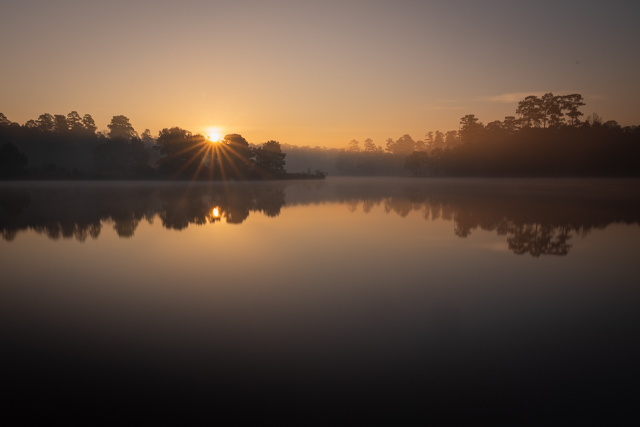We emphasize early science awareness at Greystone House. We are firm believers that early childhood education lacks value if it fails to instill a curiosity about the natural world. One of the ways we instill this is via dedicated curricula that focus on science topics. This week is one of our favorites and the easiest to present and reinforce as it reflects very clearly the place we all live. The curriculum looks at forest and wetland biomes. For many of us an exploration of these biomes is within walking distance of our home. For The Woodlands school location, both biomes are present on the school grounds. While exploration is great in your yard, what follows is a list of places for those who wish to venture out with your children a little farther from home.
Houston Arboretum and Nature Center – Located a mere 4 miles from Downtown Houston, HANC can easily occupy a full morning as you traverse the walking trails and inspect the surroundings. If you don’t want to just wing it there are classes and adventures for children starting as young as 18 months. The arboretum is located at 4501 Woodway Drive in Houston. More information is available at https://houstonarboretum.org/.
Eddie V. Gray Wetlands Education Center – located in Baytown and along the Great Texas Birding Trail, this 9,000 square foot facility is an education opportunity as well as an air-conditioned stop before or after spending time at the next location (see below). 1724 Market Street, Baytown, TX. More information is available at https://www.baytown.org/432/Eddie-V-Gray-Wetlands-Education-Center.
Anahuac National Wildlife Refuge – located less than an hour from Baytown, Anahuac is a fantastic opportunity to observe wildlife as well as immerse yourself in coastal marshes and estuaries education and observation (pun intended). This one is down the road from rural Anahuac, TX and demands a map to get there. More information can be found at https://www.fws.gov/southwest/refuges/texas/anahuac/index.html.
Armand Bayou Nature Center – great for wildlife viewing, walking around, or catching a pontoon boat ride, Armand Bayou offers a lot. Depending on time of year you can see eagles, river otters, alligators, and even bison. Located in Pasadena, close to Johnson Space Center, this is an entertaining and informative day trip. This is a private preserve and there are fees – so check ahead for activities and costs. https://www.abnc.org/pontoon-boat-cruises.
Big Thicket National Preserve – It is not an understatement to say that Big Thicket is a Southeast Texas treasure. Beyond the sense of being in another world, the preserve offers some of the best wildlife viewing in Texas with hundreds of species of amphibians, reptiles, birds, and mammals. There are a number of trails plus a visitor center. Bring your walking shoes and be sure to check the website prior to going. Mornings and early evening tend to offer the best wildlife viewing and the species change throughout the year. https://www.nps.gov/bith/index.htm.
The list above is in many ways the tip of the iceberg (or whatever the equivalent is when you live in a place where ice melts on the way from the dispenser to your glass). Texas Wetlands has a fairly comprehensive list to augment our personal favorites. Visit https://texaswetlands.org/wetland-site-descriptions/wetland-sites-to-visit-upper-gulf-coast/ and be prepared to see some options.
Wherever you decide to go – keep the following in mind before heading out.
– Wildlife and vegetation change with the seasons, weather events, and even time of day – so a little research up front prior to heading out is highly recommended.
– Wetlands in Southeast Texas = mosquitos. Bring insect repellant.
– These are wild areas filled with wild animals and wild animals are good at concealing themselves. Watch where you walk and pay attention to your surroundings. Venomous snakes, alligators, feral hogs, and other potentially dangerous animals do live in wetland and forest areas.
– Most of the areas we list above have facilities for restroom breaks and cooling off, but not all are close by once you hit the trails. Look at trail and facility maps and know where to go when you need something.
More than anything else – enjoy these amazing biomes and the massive diversity in plant and animal life that they offer.





